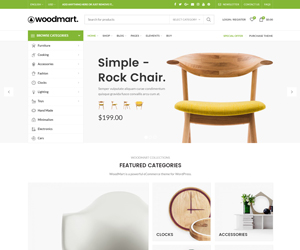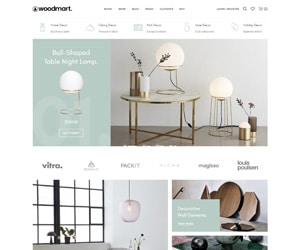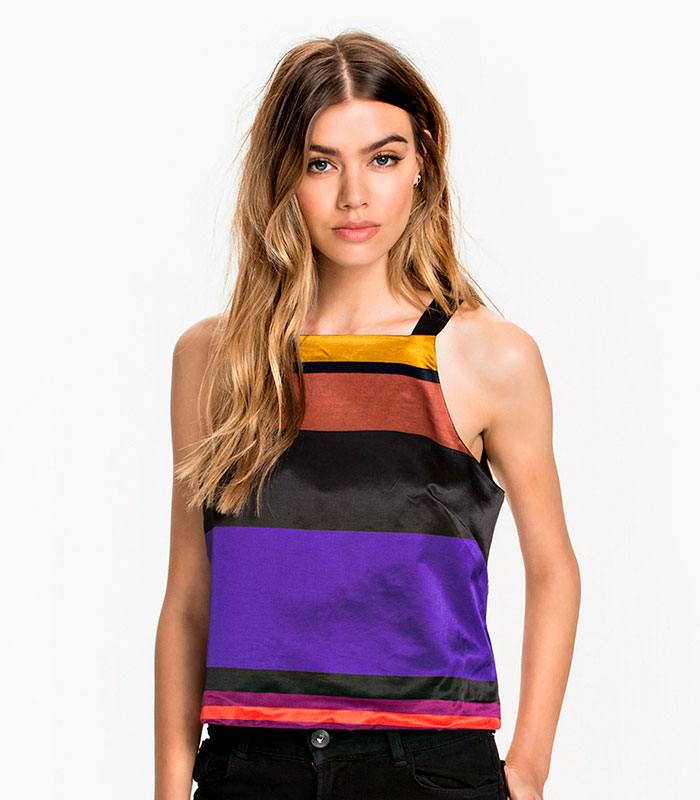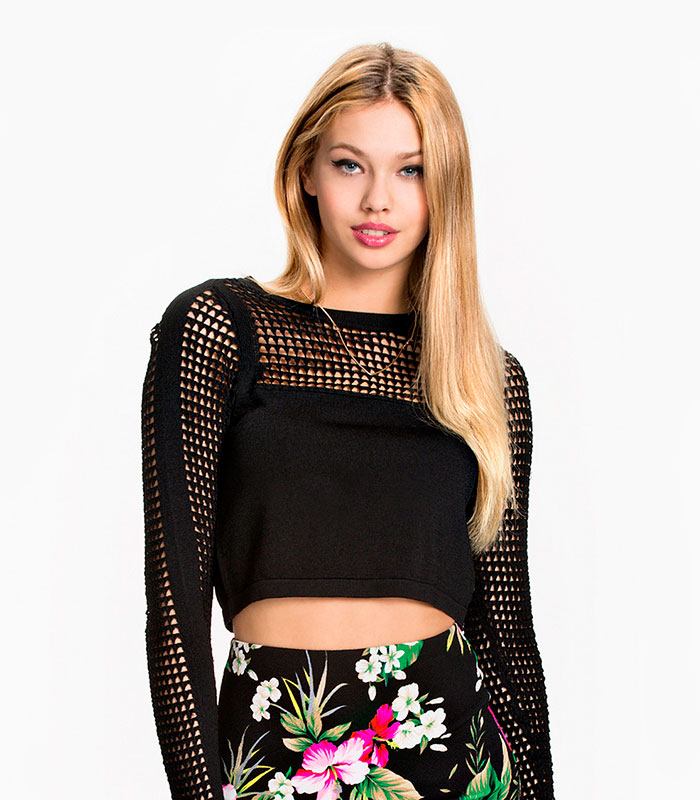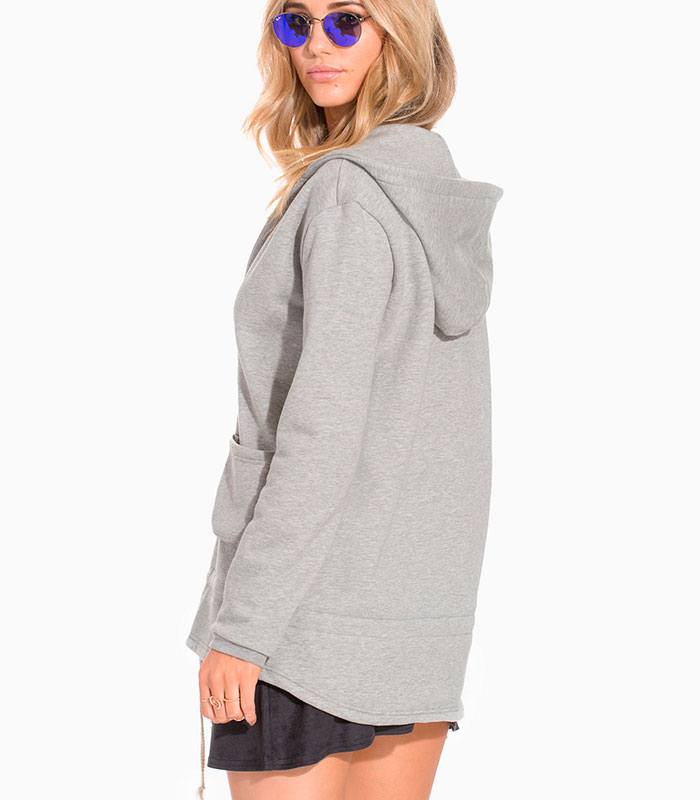Fashion Industry: A Complete Guide to the World of Fashion

Fashion Industry
Fashion design is the art of applying design, aesthetics, clothing construction, and natural beauty to clothing and its accessories. It is influenced by diverse cultures and different trends and has varied over time and place. “A fashion designer creates clothing, including dresses, suits, pants, and skirts, and accessories like shoes and handbags, for consumers. They can specialize in clothing, accessory, or jewelry design, or may work in more than one of these areas.
World Fashion
The world of fashion is a multibillion-dollar global industry that combines creativity, culture, and commerce. It goes beyond clothing to influence lifestyle, identity, and trends across societies. From haute couture runways in Paris and Milan to fast fashion brands available worldwide, the fashion world reflects diversity and constant innovation. Fashion trends are shaped by designers, celebrities, and social media, making it a powerful cultural force that connects people and defines eras. In today’s global fashion industry, sustainability and digital fashion are also reshaping how style is created, shared, and consumed.
Fashion System
The fashion system is a complex and interconnected network that shapes how clothing and style are created, distributed, and consumed. It brings together designers, manufacturers, retailers, marketers, and consumers in a continuous cycle of innovation and demand. Trends often begin with creative ideas from designers and fashion houses, which are then produced by manufacturers and promoted through media, advertising, and influencers. Retailers play a key role in making these products accessible to the public, while consumers influence future trends through their choices and preferences. This dynamic system not only reflects cultural values and social identity but also drives global business, making fashion both an artistic expression and a powerful economic force.
Types of Fashion
Fashion is a dynamic form of self-expression that changes with time, culture, and society. It is not limited to clothing but also extends to accessories, hairstyles, footwear, and lifestyle. Over the years, fashion has evolved into several types, each reflecting a unique personality, culture, and occasion. Understanding the different types of fashion helps us explore how individuals and communities express their identity through style.
1.Haute Couture (High Fashion)
Haute couture represents exclusive, custom-made fashion created by luxury designers. These pieces are not mass-produced; they are tailored for specific clients using the finest fabrics and craftsmanship. Haute couture is often showcased in runway shows and is considered the peak of creativity and luxury.
2. Ready-to-Wear (Prêt-à-Porter)
Unlike haute couture, ready-to-wear collections are produced in standard sizes and sold in boutiques or designer stores. These clothes balance creativity and practicality, allowing more people to access designer fashion without the exclusivity of couture.
3. Fast Fashion
Fast fashion refers to inexpensive clothing rapidly produced to keep up with the latest trends. Brands quickly manufacture and distribute trendy items to meet consumer demand. While popular for its affordability and accessibility, fast fashion faces criticism due to its environmental and ethical impacts.
4. Streetwear Fashion
Originating from urban culture, streetwear is casual and comfortable yet trendy. It often includes hoodies, sneakers, oversized T-shirts, and caps. Streetwear has become a global movement, blending influences from hip-hop, skateboarding, and youth culture.
5.Ethnic/Traditional Fashion
This type of fashion reflects cultural heritage and traditions. Examples include shalwar kameez in Pakistan, kimono in Japan, sari in India, and abayas in the Middle East. Ethnic fashion celebrates identity and roots while also inspiring modern designers.
6. Business/Corporate Fashion
Professional fashion focuses on neat, polished, and formal attire suitable for workplaces. It includes suits, blazers, dress shirts, skirts, and formal shoes. Corporate fashion is designed to create a sense of authority, confidence, and professionalism.
7. Bohemian (Boho) Fashion
Boho style is free-spirited and artistic, often inspired by nature, hippie culture, and vintage aesthetics. Flowing dresses, layered jewelry, earthy tones, and handmade accessories are key elements of this type of fashion.
8.Casual Fashion
Casual wear is comfortable, relaxed, and suitable for everyday activities. It includes jeans, T-shirts, sneakers, and simple dresses. Casual fashion is the most common and versatile style people adopt in daily life.
9. Sportswear/Activewear
Sports fashion focuses on comfort and performance. Tracksuits, leggings, sneakers, and breathable fabrics are designed for exercise and athletic activities but have also become popular as everyday wear due to the athleisure trend.
10. Vintage Fashion
Vintage fashion refers to clothing inspired by or directly taken from past decades. Styles from the 1920s, 50s, 70s, or 90s often reappear, bringing a nostalgic charm into modern wardrobes.
Fashion Designer
Fashion designers are the creative minds behind clothing, accessories, and styles that shape the fashion industry. They combine art, culture, and innovation to design garments that not only meet practical needs but also express individuality and trends. A fashion designer’s role includes sketching ideas, selecting fabrics, choosing colors, and overseeing the production process. Some designers focus on haute couture, creating unique and luxurious outfits for specific clients, while others design ready-to-wear collections that reach a broader market. Famous designers like Coco Chanel, Giorgio Armani, and Alexander McQueen have transformed fashion into a global industry. Modern designers also emphasize sustainability, blending creativity with eco-friendly practices. Ultimately, fashion designers play a vital role in influencing trends, celebrating culture, and inspiring self-expression worldwide.
Fashion Industry & its Key Sectors
The fashion industry is a global system that brings together creativity, business, and culture to produce and market clothing, accessories, and footwear. It is not only about designing beautiful garments but also about managing production, marketing, and sales. The industry is divided into key sectors that work together to shape trends and meet consumer demand.
The primary sector includes the production of raw materials such as fabrics, textiles, leather, and dyes, which form the foundation of fashion. The secondary sector focuses on manufacturing and designing apparel, where fashion designers, brands, and garment makers transform ideas into finished products. The tertiary sector is retail and distribution, covering everything from luxury boutiques and department stores to online shopping platforms that make fashion accessible worldwide. Lastly, the quaternary sector involves marketing, advertising, fashion shows, and media, which promote trends and influence consumer behavior.
Together, these sectors create a cycle that drives the fashion industry, blending creativity with business to deliver style, identity, and innovation across the globe.
Fashion Careers
The fashion industry offers a wide range of exciting careers for people with creativity, business skills, and a passion for style. Popular careers include fashion designers, who create new clothing and accessories; fashion illustrators, who sketch ideas; merchandisers and buyers, who plan collections and select products for stores; and fashion stylists, who help celebrities, models, or clients achieve the perfect look. Other careers include fashion journalists, photographers, textile designers, and fashion marketers who promote brands worldwide.
Benefits
A career in fashion has many benefits. It allows individuals to express creativity, influence trends, and build a personal identity in the global market. Fashion jobs often provide opportunities to travel, attend international events, and work with diverse cultures. The industry also offers financial growth, as successful professionals and brands can achieve global recognition and high earnings. Moreover, with the rise of sustainable fashion and e-commerce, new opportunities are opening for entrepreneurs and digital creators.
Conclusion
The fashion industry is more than just clothing; it is a global system that connects creativity, culture, and commerce. From designers and traditional artisans to marketers and retailers, every sector plays a vital role in shaping trends and delivering style to the world. Careers in fashion open doors to creativity, innovation, and global recognition, while also offering financial growth and personal satisfaction. Whether through haute couture, streetwear, or sustainable design, fashion continues to influence how people express identity and culture. In today’s fast-changing world, the fashion industry remains a powerful force that blends art with business, making it one of the most dynamic and rewarding fields to explore.
FAQS
Q1: What are the main sectors of the fashion industry?
The fashion industry has four main sectors: raw material production (fabrics and textiles), design and manufacturing, retail and distribution, and marketing/promotion.
Q2: What career options are available in fashion?
Careers include fashion designing, styling, merchandising, fashion journalism, textile designing, photography, and marketing. Each role contributes uniquely to the fashion world.
Q3: What are the benefits of working in the fashion industry?
A career in fashion allows creativity, offers global recognition, financial growth, travel opportunities, and the chance to influence trends worldwide.
Q4: How does fashion influence culture and society?
Fashion reflects identity, culture, and lifestyle. It not only sets trends but also communicates values, traditions, and modern innovations.

